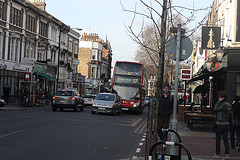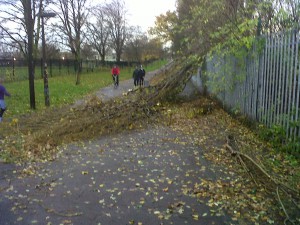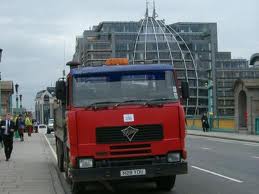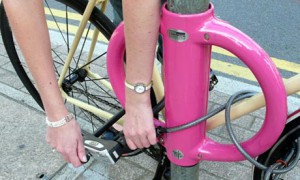Average speed cameras have been now proven to reduce 73% of deaths and serious injuries – analysis of 15 sites with SPECS average speed cameras. But they’ve also seen improved traffic flow, reduced emissions and greater public acceptability than spot speed cameras.
The first 20mph average speed cameras are up and working in Southend on Sea.
The beauty of these camera systems is they don’t just make single locations safer but whole stretches of roads and areas safer. Smoother traffic means greater flow with less variability between the fastest and slowest vehicles.
A ‘safe-zone’ scheme was trialled of average speed cameras close to a school in Poole. 93% of parents supported the scheme but what parent wouldn’t support making the area around a school safer.
The key is general attitudes choosing to drive slower or accepting average speed cameras to make large safety gains. Here I’m hopeful. Since 2000 to 2010 the number of drivers breaking 30mph in free-flowing traffic has fallen from two-thirds to half. But at that rate it will take 50 years to solve speeding. Research suggests three types of driver – First 52% group largely speed-limit complaint, second type of 33% only sometimes drive up to 10mph above speed limits and the third group 14% who regularly drive above and often very much beyond the speed limit. Any average speed camera scheme has to be aimed at that third group.
Most research has shown that 70-80% of people support speed cameras. This probably stems from the fact people caught speeding are typically twice as likely to have been involved in a crash. This is born out in insurance premiums which often jump with a speeding conviction. Insurance companies have lots of their own evidence and data that they base such premiums on. They spend a lot of money analysing that data tofinely adjust premiums based of risk.
But how to fund average speed cameras them?
Obviously reducing crashes saves money. The West Midlands send people caught speeding on Speed Awareness courses that the speeder pays £80 towards. The course provider costs around £30 and £50 is used to pay for the camera system operation. So they can be largely self funding in revenue terms. So finding the capital is the issue. Each pair of cameras costs around £50,000. So volume discounts etc £650,000 total capital cost. Allowing for Southwark on costs a cool £1M to make Southwark probably the safest borough in London.
Where to start. Most crashes in Southwark happen along Transport for London trunk roads such as the South Circular, Old Kent Road. Such roads also cause a terrible local environment. Placing cameras at around 16-20 locations, at the Southwark borders, would catch the 50% of all Southwark traffic transiting Southwark which is more likely to be speeding through.
Such a scheme would increase traffic flow as people drove more evenly. It would reduce pollution and most importantly reduce crashes and people being injured.
What do you think?




